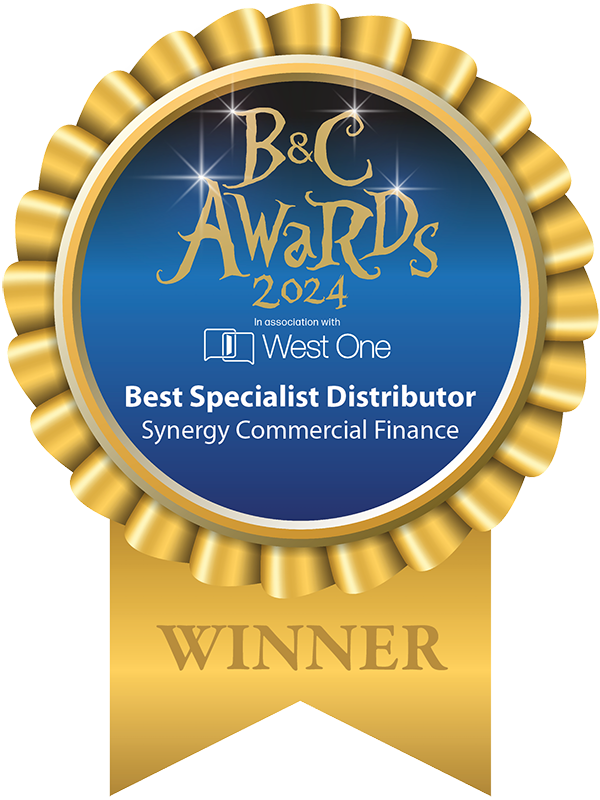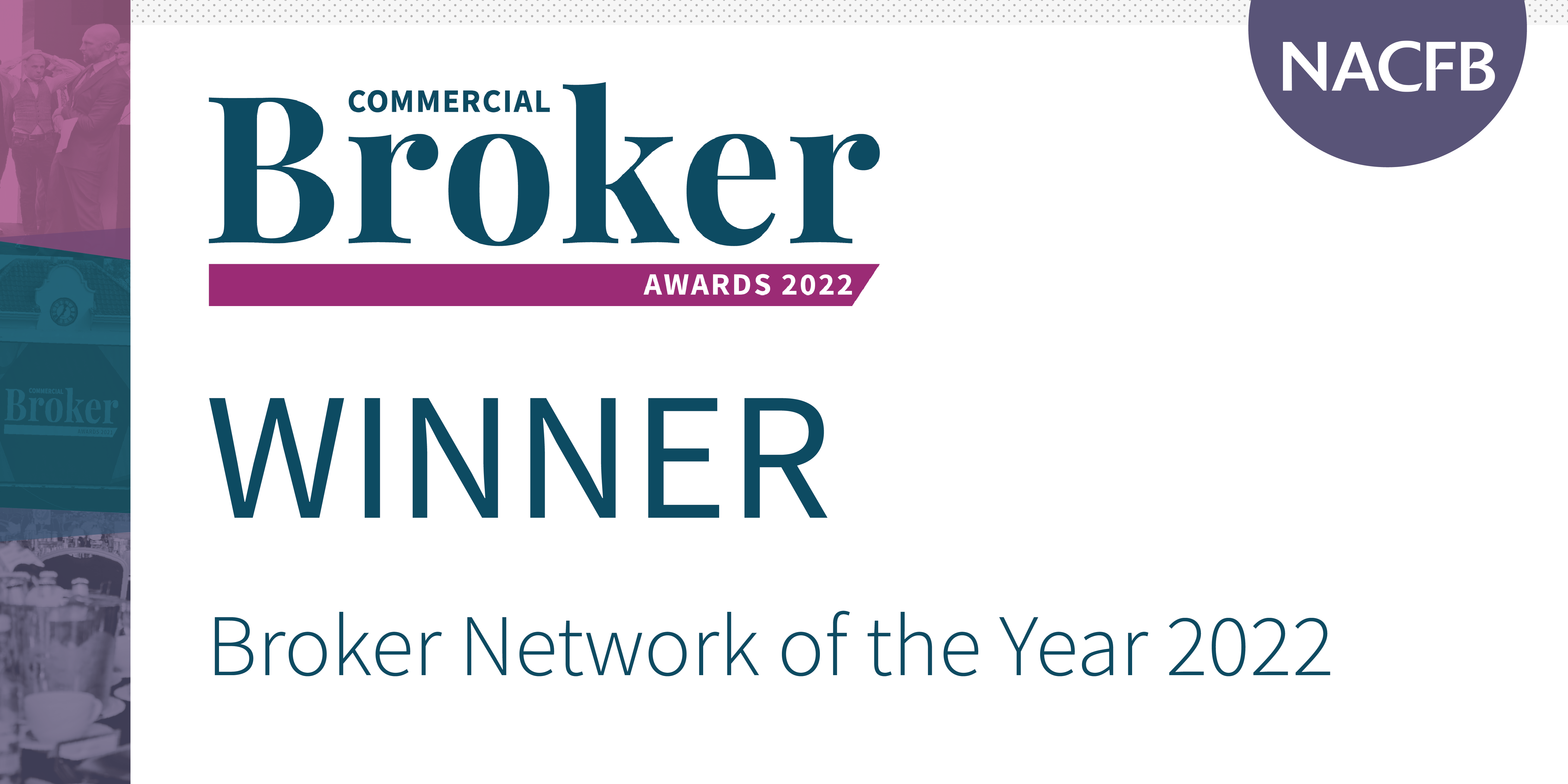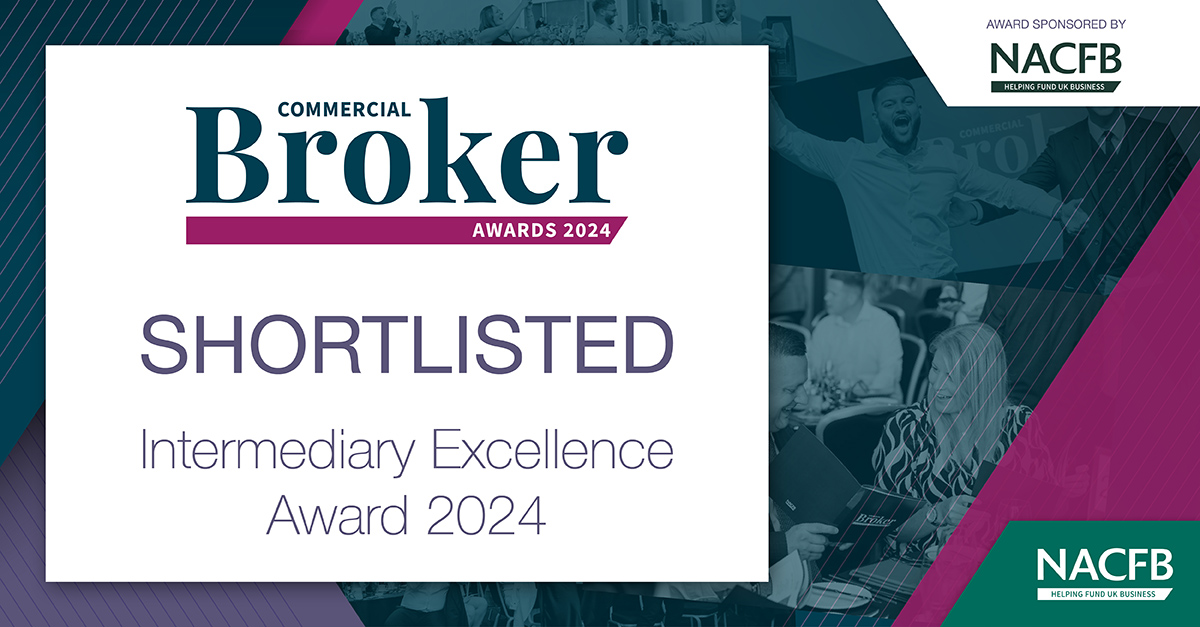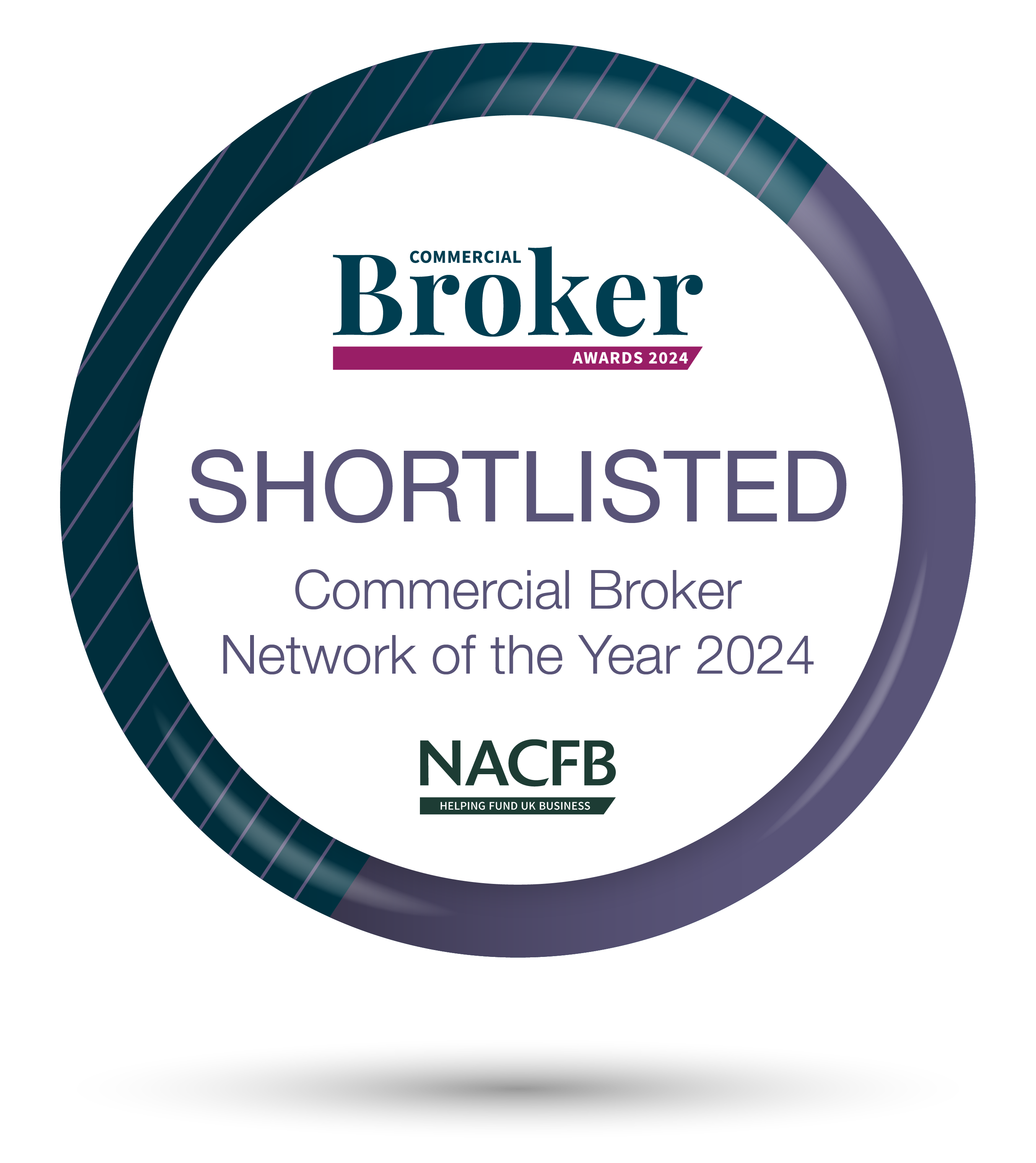In today’s competitive business landscape, growth is essential for long-term success. However, achieving sustainable growth requires strategic planning and execution, something that is often forgotten in the day-to-day work of getting deals over the line.
In this blog, we explore a product markets grid, also called an Ansoff Matrix (after its original founder in the 1950’s).
This outlines four key strategies for business growth: same products to same markets, new products to the same markets, same products to new markets, and new products to new markets. An approach that is still relevant today. By understanding and implementing these strategies effectively, brokers can unlock new opportunities and propel their businesses to greater heights.
Same Products to Same Markets, market penetration: To maximise growth potential within existing markets, businesses must focus on improving sales conversion rates, understanding the reasons behind both wins and losses, and maintaining high customer satisfaction levels. By analysing and enhancing their sales processes, brokers can increase their chances of closing deals successfully. It’s crucial to identify areas for improvement and address any obstacles that hinder conversions.
Building strong relationships and ensuring multiple relevant contacts at customer accounts help create trust and open doors for future opportunities. Regularly reviewing products, seeking customer feedback, and adjusting rates and fees to remain competitive are vital steps in this strategy. In addition, this feedback can help you build a reliable picture of your ideal target customer and armed with this you can look at ways to attract and market to them. Other tactics that can be used in this strategy are expanding your sales resource, looking to gain market share based on price or differentiated valued service. A note of caution with pricing reductions, for the most part they can easily be copied and can quickly devalue your product or service in the eyes of your customer.
New Products to Existing Customers, product development: Engaging in open conversations with customers can lead to the discovery of new product and service opportunities. Economic, technological, or industry changes, as well as the withdrawal of existing providers, can create gaps in the market that businesses can fill. Market reports, research papers, and staying informed through news sources can provide inspiration and insights into identifying these opportunities. However, it is important to evaluate the practicality of pursuing new products or services. As a finance broker, products tend to be led by the lender, so your scope in this strategy becomes looking at add on opportunities or differentiated service.
When considering new products thought should be given to partnering with suppliers, and the overall cost of introducing a new product or service. These could be things like additional training requirements, resource allocation, and the impact on existing customer service capabilities.
Same Products to New Markets, market development. Expanding into new markets can be challenging but rewarding. Before entering a new market, brokers must thoroughly research and understand the target audience’s needs and preferences. Analysing competition and identifying unique selling points are crucial for differentiation. Establishing a strong network and referral system within the new market is essential for gaining credibility and trust. It is important to be realistic in evaluating the necessary resources and time commitment required for successful market entry.
New Products to New Markets, diversification: Identifying and capitalising on unique product or service opportunities in untapped markets can lead to substantial growth. However, this strategy, is the riskiest and demanding of the ones outlined here. Thorough market research is crucial to understand customer needs and assess existing solutions. Innovating a solution that truly addresses the customers’ real needs is paramount. This strategy requires careful analysis of market viability and a comprehensive understanding of the potential risks, rewards and costs involved.
Conclusion: Business growth is a continuous process that requires careful planning and execution. By leveraging the four key strategies discussed—same products to same markets, new products to same markets, same products to new markets, and new products to new markets—commercial and asset finance brokers can unlock new avenues for success. It is important to remain focused, evaluate opportunities diligently, and allocate resources wisely.
Asset Finance Solutions and Synergy Commercial Finance are networks that provide expertise in commercial finance broking. Our ever-evolving “Broker in a Box” solution has been fast-tracking the start of new finance brokerages for nearly 20 years. If you have been working in asset or commercial finance for three years or more and are considering setting up your own business, we would be happy to share our expertise with you.
– Piotr Twaits (Synergy Commercial Finance, Managing Director)
















